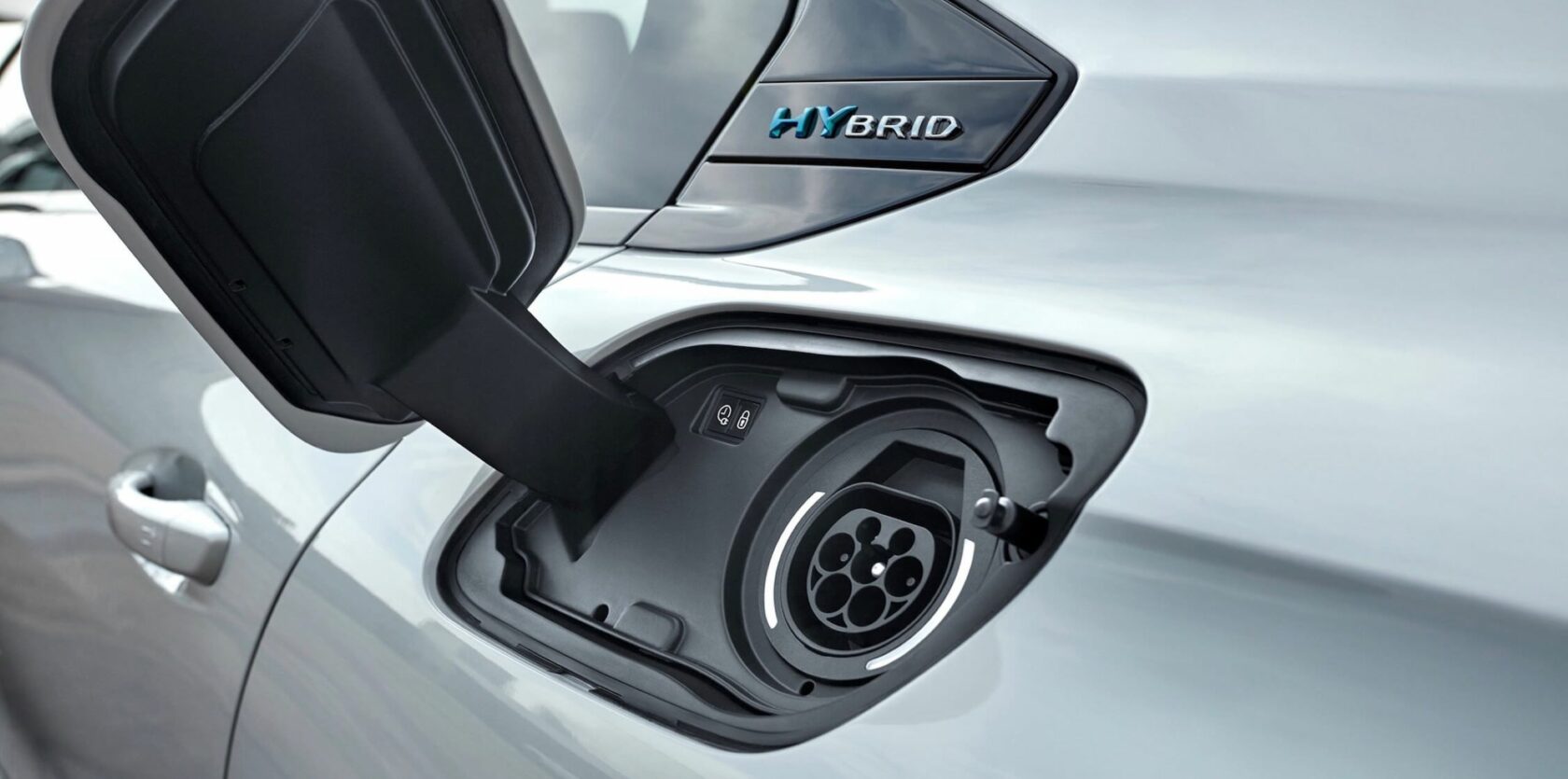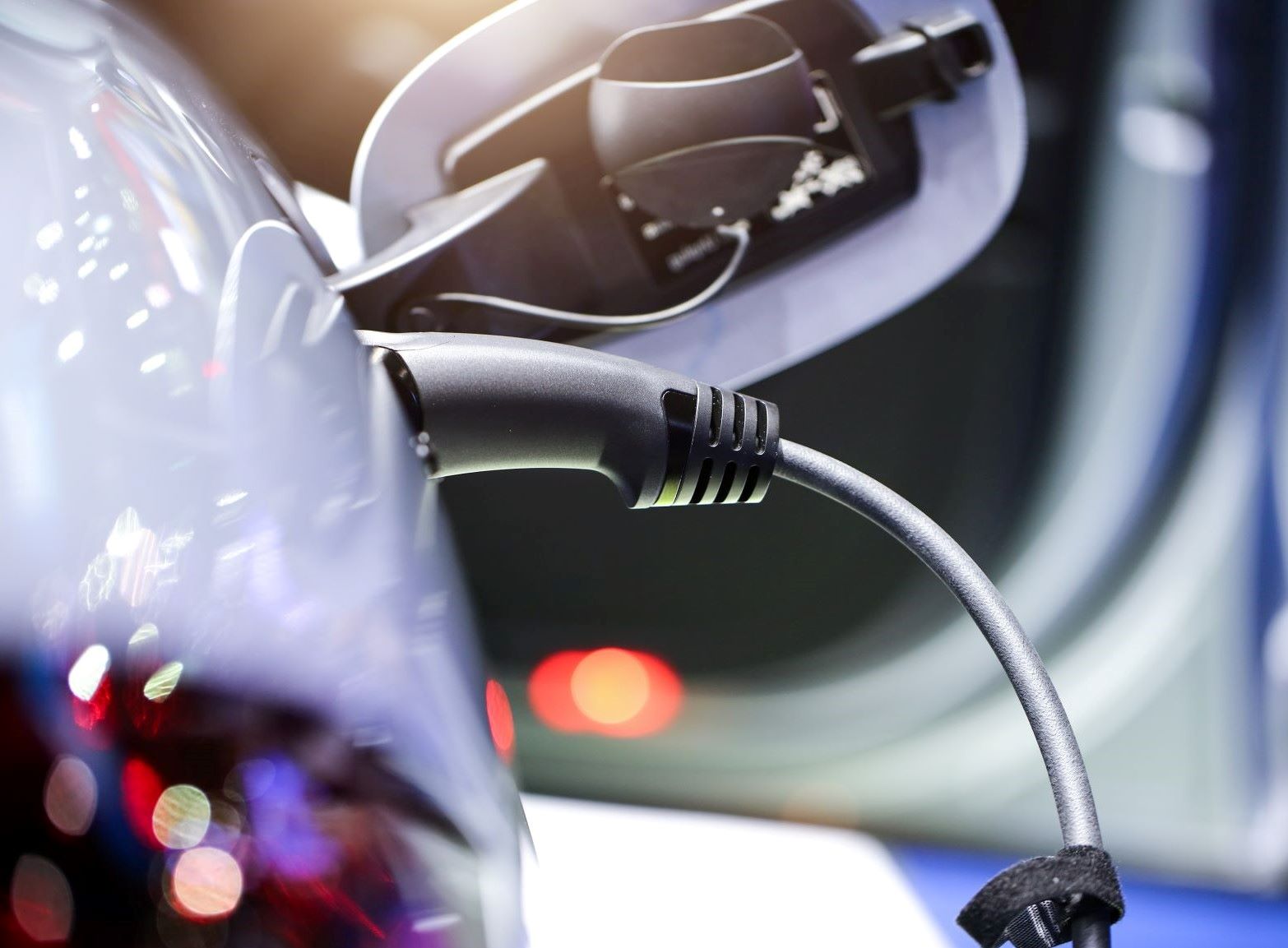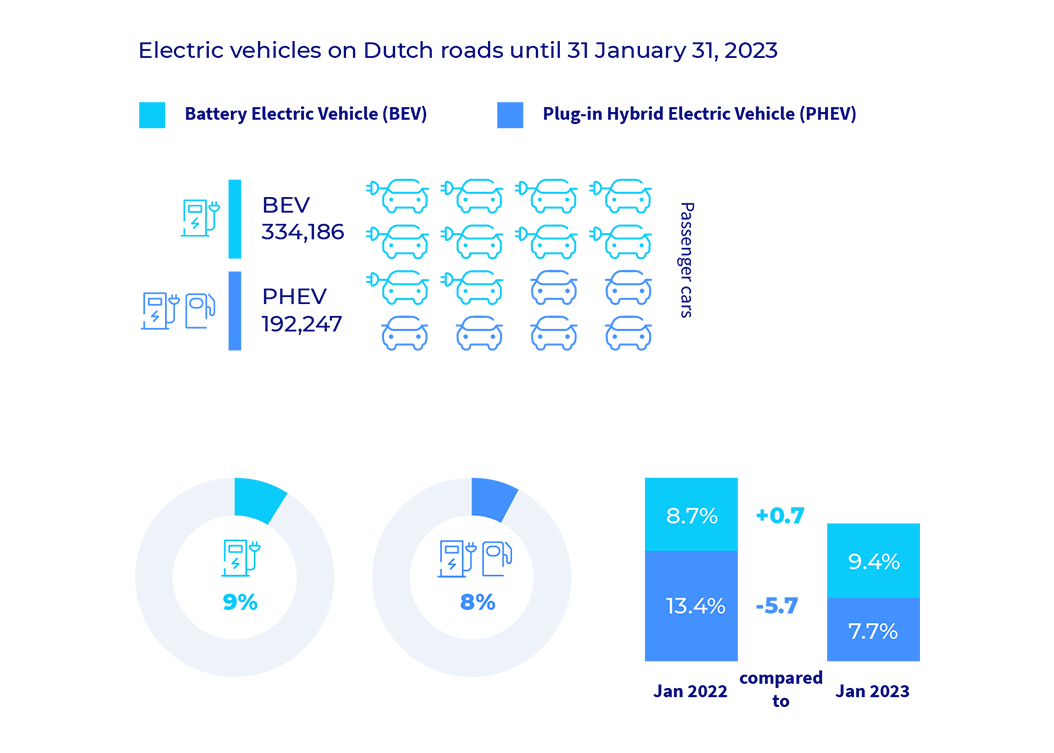Incorporating PHEVs into your mobility policy
Based on your driver profiles, ALD Automotive can advise you to which employee groups PHEVs are best suited. This might depend, for example, on commuting distance, a person’s job, the number of kilometres they cover on a daily basis, and how many of these can be travelled by electric vehicle.
Once you have identified which employees are eligible for PHEVs, you can further design your company vehicle policy based on their filling, charging and driving habits. To reiterate: to maximize the sustainable utilization from PHECs, it is therefore important to invest in electric mileage.
In addition to basic terms such as lease period, budget and whether or not the driver uses the vehicle for personal purposes, you can also include intentions to promote the right kind of driving and charging habits. The focus should obviously be on electric mileage, and charging where and when possible.
As an employer, you can also contribute significantly by facilitating charging options at the office or offering lease car drivers a charging station at their home address. This will help you increase the electric mileage covered by your employees, while you can also encourage them to use charging facilities by reducing the filling budget for petrol or diesel. This helps to turn green mileage into the standard.
PHEVs and TCO
It is important to know how the total cost of ownership (TCO) of PHEVs relates to fully electric vehicles and petrol vehicles. A TCO analysis looks at a variety of factors, including the vehicle’s lifecycle, its consumption, and where the user generally expects to use charging facilities. For example, charging your vehicle at home is less expensive than using public roadside facilities. Finally, the mileage covered (both for business and personal purposes) is a key component of the TCO analysis.
Incorporating PHEV into the overall sustainability proposition
In the process of making Dutch vehicle fleets more sustainable, it is important to consider multiple types of use which help reduce carbon emissions. There is no one-size-fits-all solution – which is why hybrid solutions, including PHEV, offer the greatest potential.
While ALD Automotive can help you create driver profiles, this means there is no specific user population which is suited to drive a PHEV. This depends on the type of PHEV, the vehicle’s driving range, the driver’s job, commuting distance, and the available charging facilities at home or at the workplace.
The fact is that PHEVs enable you to convert more grey mileage into green mileage and can accommodate those employees who are currently unwilling or unable to switch to fully electric vehicles. This will allow you to achieve your sustainability targets and reduce carbon emissions within a shorter space of time.
PHEVs versus its critics
Although electric vehicles are the future of mobility, there are many detractors who feel there are still too many drawbacks involved at this stage. However, both the technology and the charging infrastructure are undergoing rapid advancement, and electric vehicles have improved immeasurably over the past decade. Research by ALD shows that the majority of lease car drivers who have switched to electric vehicles have no intention of changing back.
PHEV can help to win over the critics. EV range anxiety – the fear that an electric vehicle will not have enough battery charge to reach its destination – is unfounded for PHEVs. One advantage of PHEVs is that they enable lease car drivers who are reluctant to switch to electric to get used to the hybrid set-up and experience the benefits of electric mobility.






